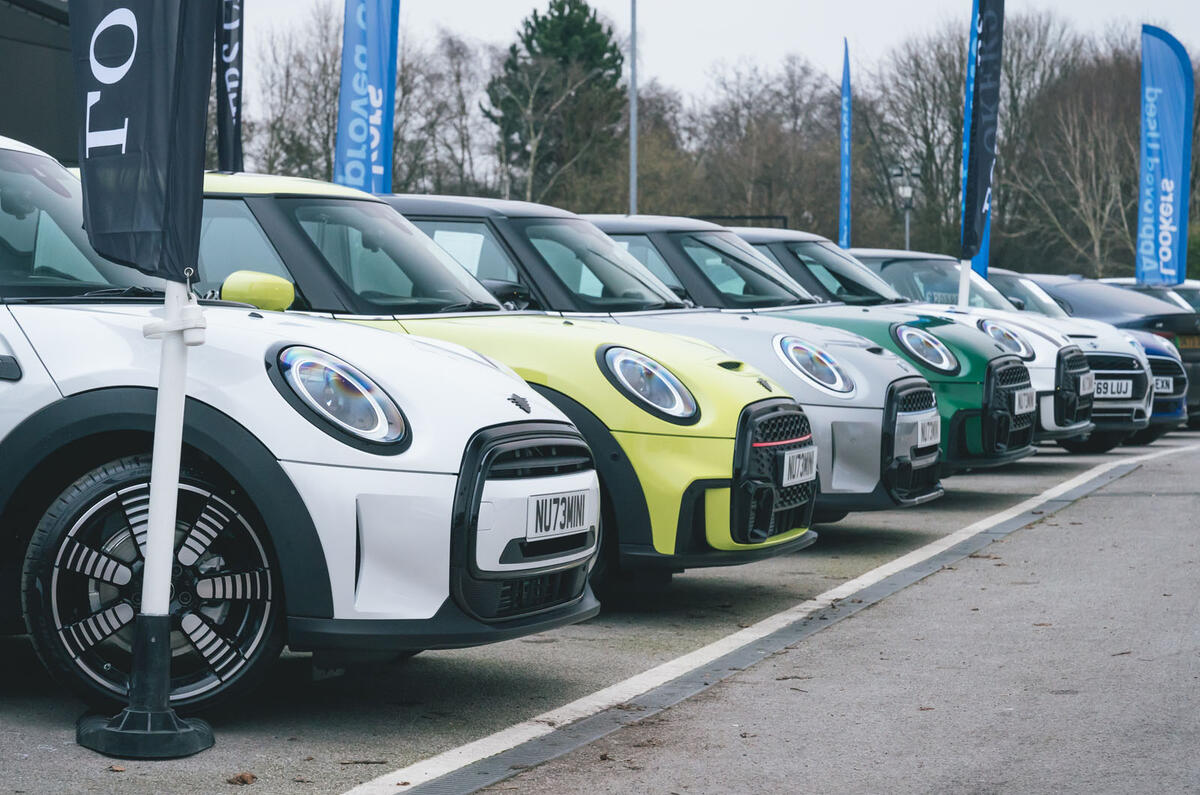Blame Tesla for opening car makers’ eyes to the possibility of direct sales. The EV specialist chucked out the old sales model, bypassed established dealers and owned the retail process by seamlessly integrating a slick online showroom with physical locations.
The ‘legacy’ makers meanwhile were giving away around 10% of their revenue to the dealers. These independent middlemen bought new cars much cheaper wholesale and lured customers by sharing some of their good fortune in the form of cash off the recommended price.
But what if there was a different way? Tesla seemed to point the direction. Most established brands were too big to go the whole hog and swallow the cost of owning their sales points, so the agency model was born.
Instead of the new car being sold twice, car makers would sell direct to the customer, with dealers facilitating the sale as their ‘agents’ and being paid a flat fee for doing so.
Car makers hoped that this way, they would have complete control of the whole sales ‘funnel’, from the moment the customer started idly browsing for a new car to them taking delivery and even beyond.
Haggling would disappear, because customers just paid one price set by the car maker.
Not everyone was convinced, but Volkswagen, Stellantis, JLR, Mercedes-Benz, BMW/Mini, Ford and many smaller brands all set in motion plans to make the switch to agency.
Now, however, many – including Ford, Stellantis, JLR and Polestar – are cancelling or postponing their agency plans.
Even Tesla, the brand that kicked off the whole process for many, is finding it hard to maintain the purity of its direct sales model as it grows bigger.
“Tesla probably did have a much lower cost of distribution until around 2021,” Steve Young, head of automotive retail consultancy ICDP, wrote in a recent report. “That has now changed.”
That change, and perhaps the death of true agency altogether, has been triggered by the return of cut-throat competition.
When many agency plans were being drawn up three or four years ago, vehicle production was curtailed by first Covid then the post-Covid chip shortage. Ca rmakers could sell all their limited output at the price they wanted. It proved the worst conditions for testing agency.
Tesla’s ultra-ambitious growth plan called for increasing sales to fill its factories and achieve the economies of scale it dreamed of. But as rivals caught up and EV sales grew at a slower pace, it need to stimulate demand.
At first, Tesla turned to the method prescribed by the pure, transparent direct sales model: it cut prices. However, as the company found in China and to a limited extent in Europe, pricing cutting forces competitors to do the same, negating the benefit and sparking price wars.






Add your comment